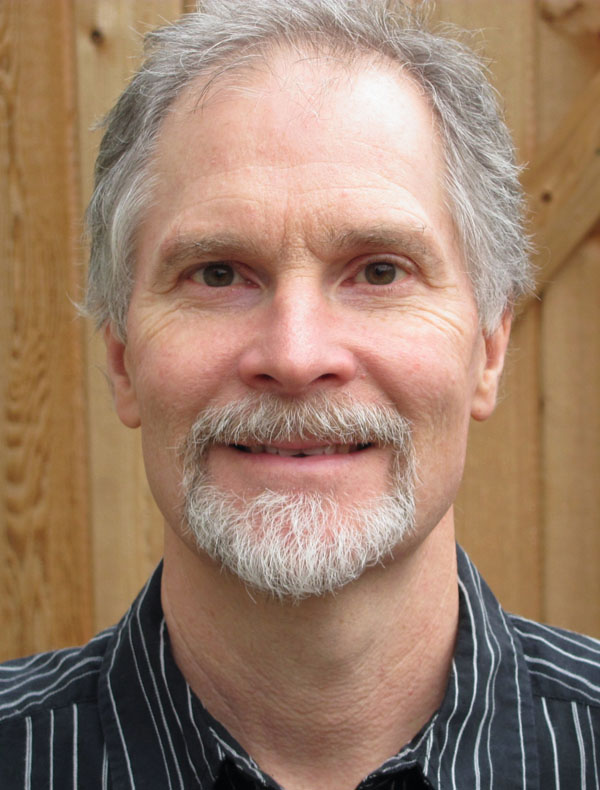Abstract: Yukon Territory in northwestern Canada is separated from Arizona by a distance of 3000 km, yet it has a remarkably similar Precambrian history, particularly for the late Paleoproterozoic. In Arizona, arc magmatism, deformation, metamorphism and terrane accretion occurred in two main pulses from ca. 1.75-1.65 Ga. In the southern United States, these events are called the Yavapai and Mazatzal orogenies. To the northeast, similar events in eastern Canada are called the Labradorian orogeny. Collectively, these events signify southeastward growth of ancestral North America (Laurentia) through the addition of juvenile crust.
In northwestern Canada, the Forward and Racklan orogenies span ca. 1.7-1.6 Ga and are broadly coeval with the Yavapai and Matazal events. Until recently, the cause of Forward and Racklan orogenesis was poorly understood, partly because the paleoenvironment of northwestern Canada was uncertain. Was Laurentia part of a proposed supercontinent called Columbia (or Nuna) and, if so, were the Racklan and Forward orogenies located along the margin of the supercontinent, or within its interior?
Our recent work suggests that, in the late Paleoproterozoic, northwestern Laurentia faced an open ocean to the west. The Racklan and Forward events represent craton-directed deformation of a passive margin during closure of a seaway. In our hypothesis, the orogeny was produced by collision of Laurentia with a volcanic arc and then with Australia. Part of the arc, called Bonnetia, was obducted onto the deformed continental margin. Our model places western Laurentia in the same continental margin environment as the Yavapai-Mazatzal region, which drives the possibility that the Yavapai-Mazatzal family of orogens extended from eastern Canada, along the southern United States to Arizona, and north to Yukon.
In this talk, we will show how sedimentary, igneous, metamorphic, structural and geochronologic studies have led to our new model, and speculate on how the orogenic system in Yukon may relate to those in both Arizona and Australia.
 Bio: Derek Thorkelson applies field methods, petrology, geochronology and tectonic modeling in the study of regional geological problems. He obtained his PhD from Carleton University in Ottawa, Canada, in 1992. His dissertation focused on Mesozoic volcanic successions and accreted terranes in the Canadian Cordillera. During his thesis work, Dr. Thorkelson also became interested in ridge-trench interactions and wrote the first in a series of papers on slab windows, following the seminal work of Dickinson and Snyder (1979). After a brief postdoctoral fellowship at the University of British Columbia, Dr. Thorkelson accepted a position in 1992 as a founding member of the Yukon Geological Survey. There, he led a four-year mapping program on Proterozoic assemblages and iron-oxide copper gold (IOCG) occurrences in northwestern Canada. In 1995, he accepted a faculty position at Simon Fraser University in Vancouver where he continued his research into slab windows and Proterozoic geology. Dr. Thorkelson teaches courses in field methods, petrology and tectonics, and served as department chair for five years. He is currently working cooperatively with the Arizona Geological Survey.
Bio: Derek Thorkelson applies field methods, petrology, geochronology and tectonic modeling in the study of regional geological problems. He obtained his PhD from Carleton University in Ottawa, Canada, in 1992. His dissertation focused on Mesozoic volcanic successions and accreted terranes in the Canadian Cordillera. During his thesis work, Dr. Thorkelson also became interested in ridge-trench interactions and wrote the first in a series of papers on slab windows, following the seminal work of Dickinson and Snyder (1979). After a brief postdoctoral fellowship at the University of British Columbia, Dr. Thorkelson accepted a position in 1992 as a founding member of the Yukon Geological Survey. There, he led a four-year mapping program on Proterozoic assemblages and iron-oxide copper gold (IOCG) occurrences in northwestern Canada. In 1995, he accepted a faculty position at Simon Fraser University in Vancouver where he continued his research into slab windows and Proterozoic geology. Dr. Thorkelson teaches courses in field methods, petrology and tectonics, and served as department chair for five years. He is currently working cooperatively with the Arizona Geological Survey.